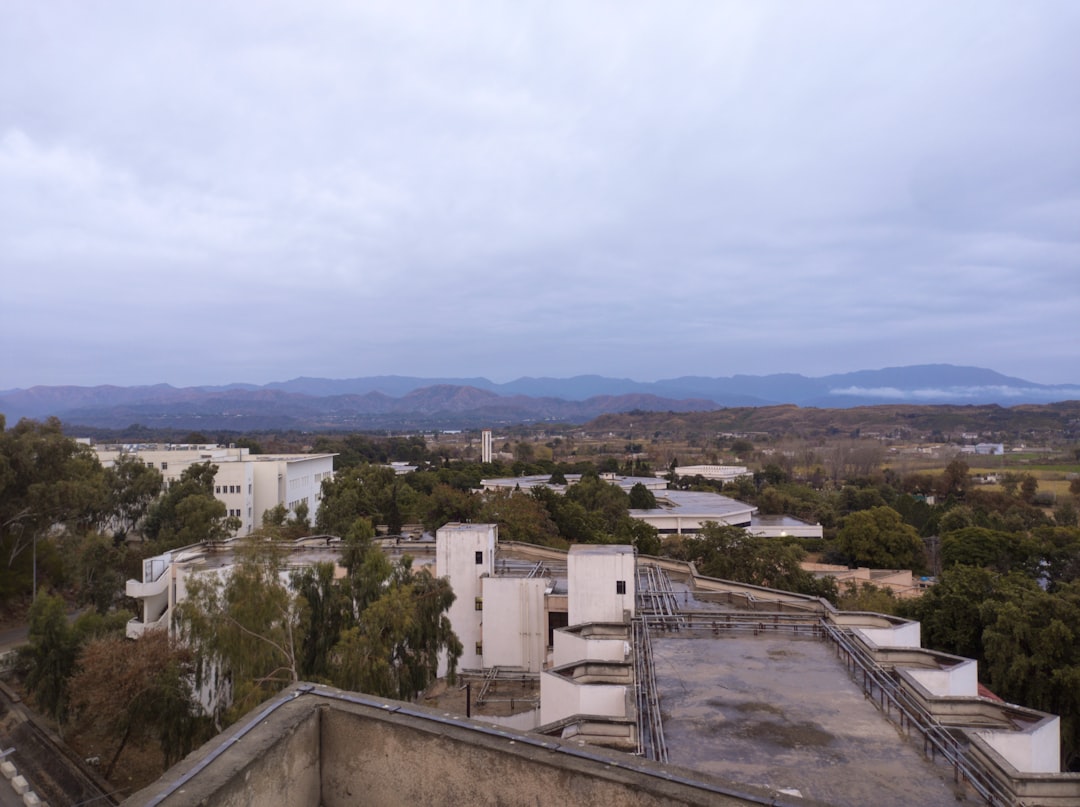
In January 2020 the Indonesian parliament ratified the Indonesia-Australia Comprehensive Partnership Agreement (IA-CEPA), which came into force in July 2020. The seed for this agreement was planted in 2005 when former Indonesian President Susilo Bambang Yudhoyono
and former Australian Prime Minister John Howard agreed to improve trade relations between the two countries. Negotiations began in 2010, and after almost a decade, the two governments signed the agreement in March 2019.
IA-CEPA came at an opportune time. As most countries recovered from the 2007–08 Global Financial Crisis, the United States and China engaged in a trade war. Tariff escalations and other trade restrictions by the two economic superpowers forced other countries to adjust
their trade practices as well. Then came the COVID-19 pandemic, disrupting global trade as countries undertook restrictive measures to contain the spread of infection. Estimates suggest that international trade might have dropped by around 30% and Foreign Direct Investment (FDI) contracted by as much as 40% in 2020.
Like many other countries, Indonesia and Australia experienced economic recessions, with estimated 2020 growth rates of -1.5% and -4%, respectively. Both rely on government spending to keep the economy afloat while enforcing health protocols. Coming out of the pandemic, Indonesia and Australia will focus on re-building their economies. IA-CEPA can help facilitate this effort.
Because both economies rely heavily on natural resource exports to China, bilateral trade and investment volume has historically been low despite their geographical proximity. Global trade has proliferated, driven by production chains that are increasingly globalized. Countries that take advantage of the opportunity to participate in international production are said to take part in global value chains. The pandemic may slow the move towards global production somewhat but will not reverse it. Compared to many countries, Indonesia’s and Australia’s participation in global value chains are still low. Improving participation in global value chains could accelerate economic recovery and reduce reliance on China.
We, therefore, see the opportunity to use IA-CEPA in two ways. First, both countries should take advantage of opportunities created by the agreement to focus on their complementarities. Because at the aggregate level both countries’ exports are similarly natural resources dependent, these complementarities are likely to be found at a more disaggregated level. For example, Australia exports wheat to Indonesia as input for Indonesia’s food industry, from which Indonesia exports to third markets.
Therefore, Indonesia and Australia should prioritize cooperation in the form of a ‘Powerhouse’ or ‘Joint Production’ model by using Australian inputs in Indonesian manufacturing exports or vice versa with an aim to target regional and global markets, rather than focusing solely on bilateral trade and investment flows.
Second, both countries should take advantage of the comprehensive nature of the agreement to ensure that cooperation is not limited to trade and investment, but should push for domestic reforms as well. Indonesia in particular can use IA-CEPA to facilitate ongoing reforms following the passing of the 2020 Job Creation Law. These reforms should include improvement of the regulatory environment, particularly in the food and beverage manufacturing and higher education sectors.
In this report we highlight important issues in and challenges for IA-CEPA using cases in two areas at the core of the agreement: trade in the food and beverage manufacturing sector and investment in higher education. Based on our analysis, we recommend the following:
1. The Ministry of Industry (MOI) should not implement an import substitution strategy in the food and beverage manufacturing industry. An import substitution strategy in this sector would hamper the ability of the Indonesia-Australia food and beverage ‘powerhouse’ to develop and engage with global value chains.
2. The Ministry of Agriculture (MOA) should amend Article 7 (1) of MOA Regulation No.2/2017 on Importation of Ruminant Livestock into the Territory of the Republic of Indonesia to eliminate the “1:5 breeder policy”, which hinders the full use of expanded quotas in the IA-CEPA, and would hamper the development of a ‘powerhouse’ in the processed meat sector.
3. Ministry of Education and Culture (MOEC) should have a global higher education strategy by working with the Immigration Department to streamline the application procedures for international students. At the very least, integrating the Student Permit, entry visa (VITAS), and Limited Stay Permit (E-ITAS) into a single student visa should be considered, as well as the elimination of an exit permit requiring prior application.
4. The Indonesian government and Australian universities should use IA-CEPA as a pilot project from which lessons can be learnt about international investment in higher education. IA-CEPA initial engagements with a single source country can help policy makers identify unexpected investment roadblocks while limiting the risks of failure in preparing for further opening up of this sector to foreign investors.



